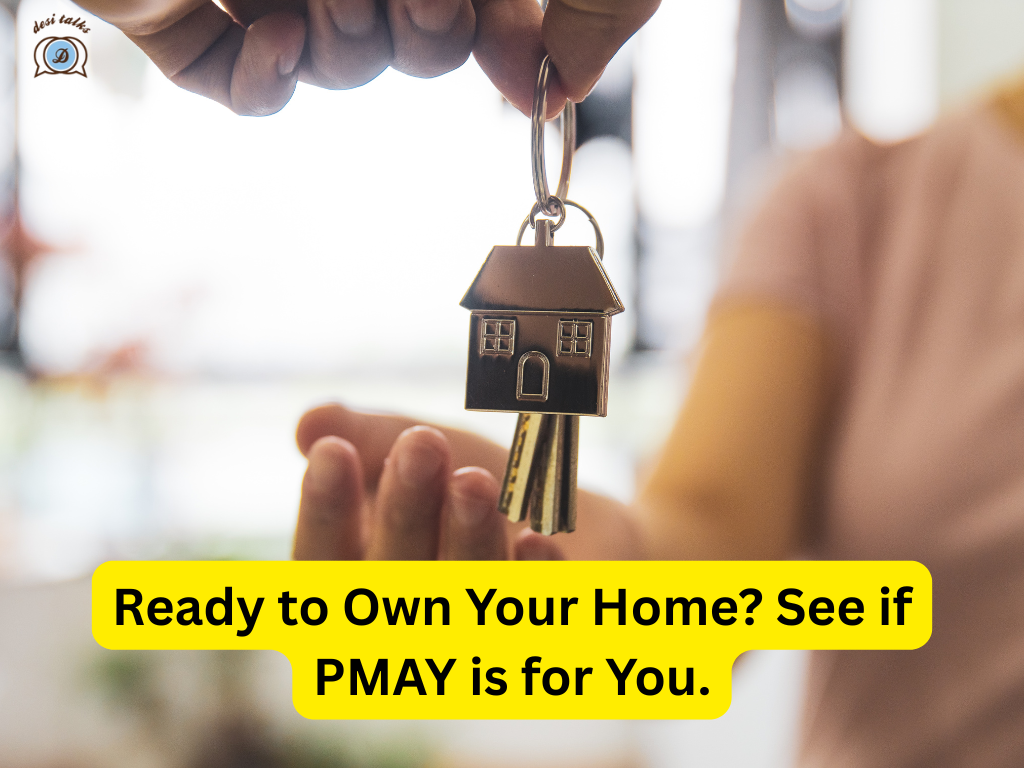
The (PMAY) Pradhan Mantri Awas Yojana is a big housing program from the Indian government. Its main goal is to help people who don’t earn much money, like those from Scheduled Castes, Scheduled Tribes, and families living below the poverty line, to build their own homes. The program gives them financial help so they can afford housing in both villages and cities.
Deadline Extended: Apply Until December 2025
Great news! The last date to register for the Pradhan Mantri Awas Yojana (PMAY) has been moved to December 2025 for everyone, whether you live in a city or a village.
If you’ve already applied and are wondering about your application’s progress, you can now easily check its status online from the comfort of your home.
This scheme has already made a big difference: official information from the PMAY website shows that over 92.61 lakh homes have been completed, providing proper housing to many who previously didn’t have a solid place to live.
Eligibility Criteria
People are chosen for this scheme based on their income, which social group they belong to (like Scheduled Castes or Scheduled Tribes), and whether they already own a house.
If you don’t currently own a permanent house, you might also be able to get help through this program.
Pradhan Mantri Awas Yojana – Urban (PMAY-U)
- Economically Weaker Section (EWS): If your household earns up to ₹3 lakh per year and you don’t own a permanent (“pucca”) house anywhere in India. (A “pucca” house is a strong, permanent house made of materials like bricks, cement, stone, etc., unlike a temporary or “kutcha” house.)
- Lower Income Group (LIG): If your household earns between ₹3 lakh and ₹6 lakh per year, and you also don’t own a permanent (“pucca”) house.
- Middle Income Group-I (MIG-I): If your household earns between ₹6 lakh and ₹9 lakh per year, and you don’t own a permanent (“pucca”) house.
- Slum Dwellers: Families who currently live in slums or unofficial settlements in urban areas are also eligible for this scheme.
These rules help make sure that the housing support goes to those who truly need it, helping to solve the shortage of homes in cities.
Pradhan Mantri Awas Yojana (Gramin)

Who gets priority (is considered first):
- Households whose names are on the Socio-Economic and Caste Census (SECC) list.
- Families who don’t have a house at all, or those living in very basic houses that have zero, one, or two rooms with temporary walls and roofs (these are called “kutcha” houses).
Who is NOT eligible (cannot apply) for this scheme:
You cannot apply if your family:
- Lives in a permanent (“pucca”) house.
- Owns any kind of motor vehicle (like a motorcycle, auto-rickshaw, or car).
- Owns farm machinery that uses an engine (like a tractor).
- Has a Kisan Credit Card with a loan limit of ₹50,000 or more.
- Has anyone working for the government in the household.
- Runs a business that is not farming-related and is registered with the government.
- Pays income tax or professional tax.
- Owns any of the following:
- A refrigerator.
- A landline phone.
- 2.5 acres or more of irrigated land (land that gets water for farming).
- 5 acres or more of irrigated land where they grow crops in two or more seasons.
- 7.5 acres or more of any kind of land if they have at least one way to irrigate it.
These strict rules are in place to make sure that the housing scheme truly helps the poorest and most vulnerable families in rural areas of India.

Who Qualifies for PMAY – Urban
- Urban poor, which includes people like daily wage laborers, rickshaw pullers, street vendors, and other individuals providing informal services. It also helps industrial workers and migrant workers who fall into the Economically Weaker Section (EWS) or Lower Income Group (LIG).
- Individuals and families from Scheduled Castes (SC), Scheduled Tribes (ST), Other Backward Classes (OBC), and minority groups.
- Widows from the EWS or LIG categories
Who Qualifies for PMAY – Gramin
The rural part of the scheme focuses on the most vulnerable people in rural India. This includes:
- Scheduled Castes (SC) and Scheduled Tribes (ST)
- Families who are homeless and have no shelter at all.
- People who are destitute or have to beg to survive.
- Manual scavengers (people who manually clean human waste).
- Primitive tribal groups.
- Individuals who were legally freed from bonded labor.

